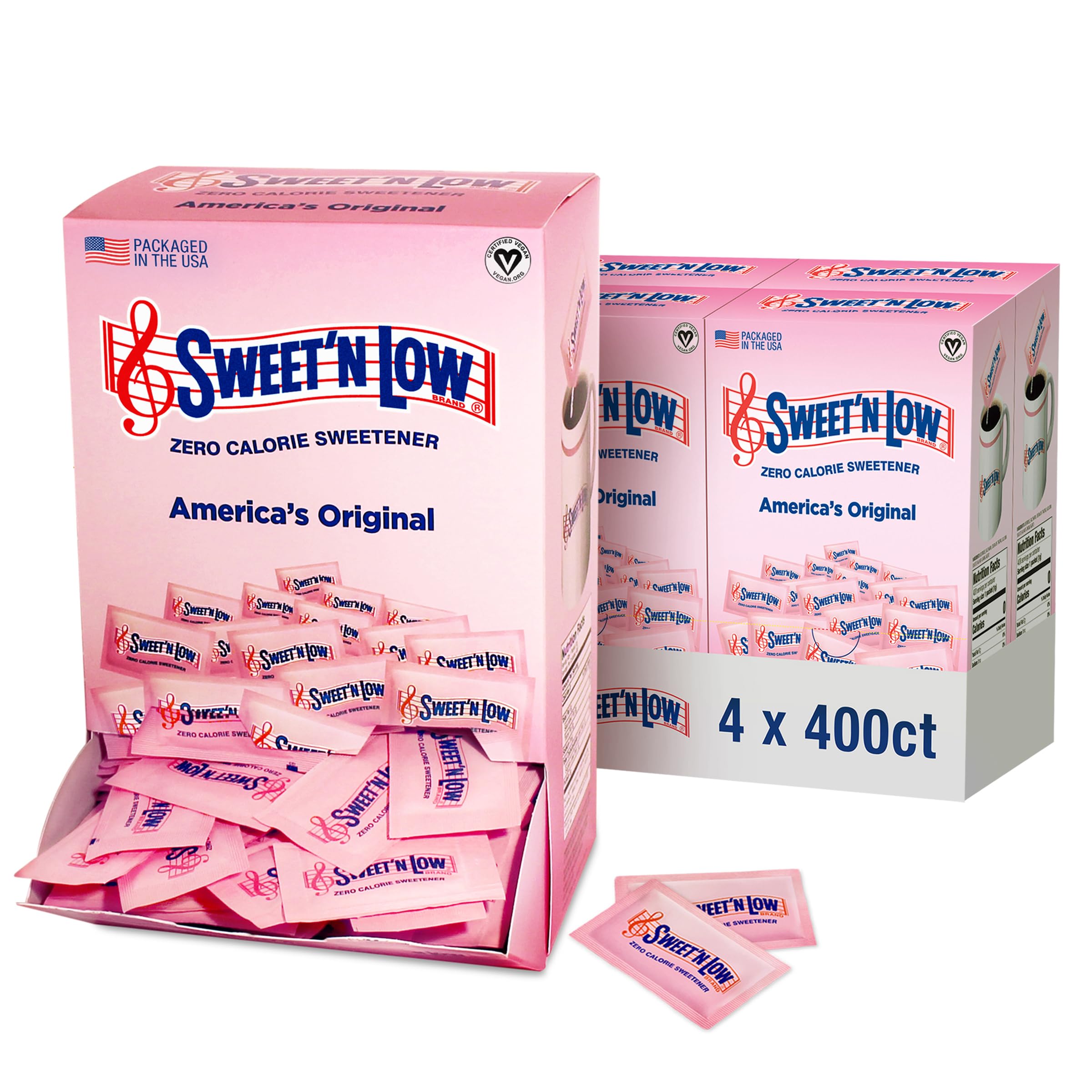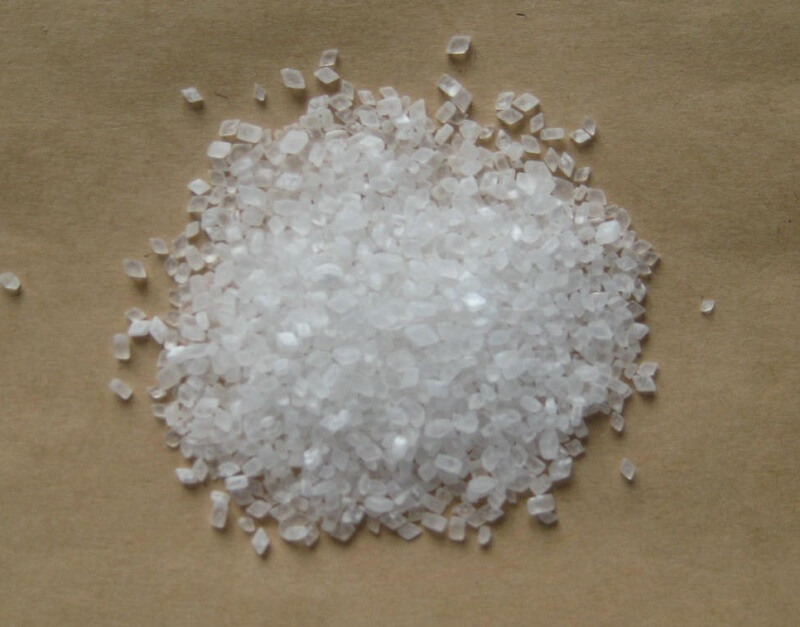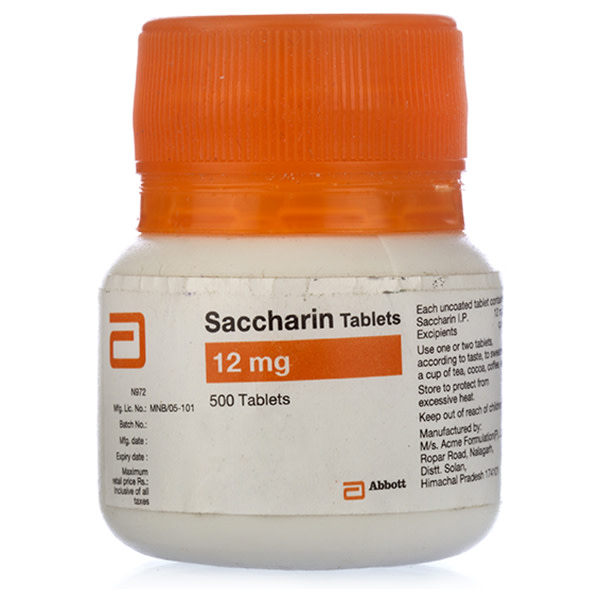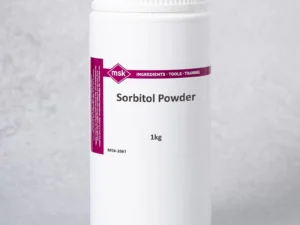Description
Saccharin: A Sweet Story of Discovery, Controversy, and Enduring Appeal
Saccharin, the artificial sweetener often recognizable by its pink packets, has a long and intriguing history. From its accidental discovery in a laboratory to its rollercoaster ride through health scares and back to widespread use, saccharin’s story is a testament to the complex relationship between science, public perception, and our insatiable desire for sweetness.
A Sweet Accident in the Lab:
In 1879, chemist Constantin Fahlberg, working in the laboratory of Professor Ira Remsen at Johns Hopkins University, made a groundbreaking discovery. After working with coal tar derivatives, he noticed a remarkably sweet taste on his hands. Intrigued, Fahlberg traced the source of the sweetness to a chemical compound he had been working with: saccharin. Recognizing the potential of this new, calorie-free sweetener, Fahlberg patented the discovery and later commercialized it, launching the first artificial sweetener onto the market.
Early Adoption and Growing Popularity:
Saccharin quickly gained popularity, particularly in the late 19th and early 20th centuries. Its affordability and calorie-free nature made it an attractive alternative to sugar, especially for individuals with diabetes or those looking to manage their weight. During World Wars, saccharin became even more valuable as sugar rationing made it a scarce commodity.
The Controversy Begins: The “Saccharin Scare”:
Saccharin’s success wasn’t without its challenges. In the 1970s, studies conducted on laboratory rats linked high doses of saccharin to bladder cancer. This prompted the U.S. Food and Drug Administration (FDA) to propose a ban on saccharin and require warning labels on products containing it. The ensuing “saccharin scare” led to widespread public debate and anxiety.
However, further research revealed that the mechanism of bladder cancer development in rats was not applicable to humans. The specific type of protein present in rat urine, which was responsible for the cancerous effect, is not found in humans.
Exoneration and Continued Use:
In 2000, based on the cumulative evidence from numerous scientific studies, the U.S. Congress repealed the law requiring warning labels on saccharin products. The FDA also removed saccharin from its list of potential carcinogens. This effectively exonerated saccharin and allowed it to be sold without restrictions.
Today, saccharin remains a widely used artificial sweetener. It is available in various forms, including individual packets, liquid drops, and as an ingredient in diet sodas, tabletop sweeteners, and processed foods.
Benefits and Considerations:
Saccharin offers several benefits:
- Zero Calories: Makes it a suitable alternative for those seeking weight management or controlling blood sugar.
- Cost-Effective: Generally more affordable than sugar.
- Doesn’t Affect Blood Sugar Levels: Beneficial for individuals with diabetes.
However, there are also some considerations:
- Aftertaste: Some people find that saccharin has a bitter or metallic aftertaste.
- Acceptable Daily Intake (ADI): While considered safe in moderate amounts, consuming excessive amounts of saccharin is not recommended. The World Health Organization (WHO) has established an ADI for saccharin.
- Concerns about Gut Health: Some preliminary research suggests artificial sweeteners might impact gut health, though more studies are needed.
The Future of Sweeteners:
Saccharin’s journey highlights the complexities of evaluating the safety of food additives and the importance of rigorous scientific research. As our understanding of nutrition and human health evolves, the future of sweeteners will undoubtedly continue to be shaped by ongoing research, consumer preferences, and regulatory considerations. While saccharin might not be the newest or most trendy sweetener on the market, its enduring presence is a testament to its history, affordability, and perceived safety. It remains a viable option for those seeking a calorie-free alternative to sugar, a testament to a sweet accident that changed the world.













Reviews
There are no reviews yet.